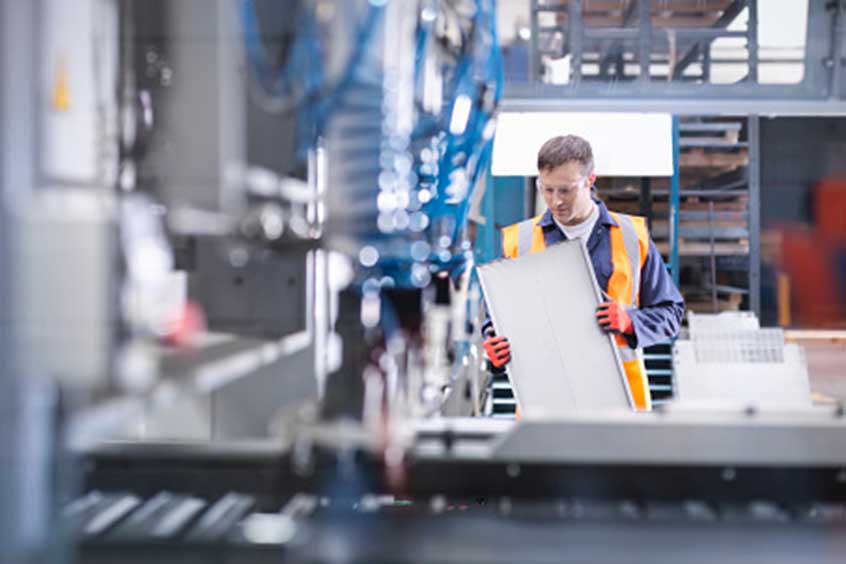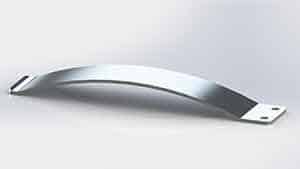
Flat springs are used in many branches of industry. Whether in the aerospace industry, in machine and vehicle construction or in electrical engineering, technical springs are among the most important design elements. Due to the large number of possible applications, well-founded know-how and first-class quality are required for the production of flat springs.
Contents
The development and manufacture of technical springs are inextricably linked to the development of their materials. From the early use of natural products such as wood and fibers to the later use of metals such as bronze and iron, metal strips, sheets, rods and wires or plastics are predominantly used today for the production of springs.
Nowadays, technical springs are formed metal parts made of steel, spring steel, stainless steel and non-ferrous metals. Sheet metal, spring strip steel and spring steel are available for the production of flat springs. The production technology then varies depending on the material.
Casting and forging were processing techniques with roots in ancient times. With the development of metal technology, these techniques became more and more perfect. In addition to round forging of rods and wires, flat forging of strips was a fundamental manufacturing process up until modern times. Production with drawing techniques and rolling mills followed later.
Today, flat springs made from sheet metal or spring steel are punched or lasered. Stamping technology is used to produce precision parts with smooth cut surfaces. This manufacturing process with low material waste allows large quantities of workpieces to be produced in a short time.
The manufacturing process known as stamping is suitable for the production of identical parts (workpieces) from strips, sheets or rods. Punching is often a multi-step process.
The stamped parts are manufactured in one or more work sequences:
All of these additional processes expand the variety of shapes of the stamped parts for the production of individual flat springs. Shape and dimensional accuracy of the tool are crucial for manufacturing accuracy.
Flat springs come in a variety of forms: straight, curved, coiled, and disc springs. Depending on the future requirements for the springs, they are either manufactured using a pure bending or stamping process or processed further by laser cutting and subsequent forming by bending, embossing or deep-drawing. There are almost no limits to the design.


Flat springs can also be given a number of desired properties by subsequent surface treatment. Often the springs should be harder and/or more resistant to rust or heat. However, the desired effects also include electrical conductivity or extreme mechanical resilience.
In today's industrial world, consistent high-tech quality and uncompromising precision are essential. In order to meet the complex requirements, well-founded know-how and experience are required for the production of individual flat springs. The highest customer demands have therefore become the standard for Schaaf. In combination with our modern and efficient machine park, we supply you with exactly the flat spring products that meet your expectations.
Bitte geben Sie hier ihre Suchanfrage ein:
